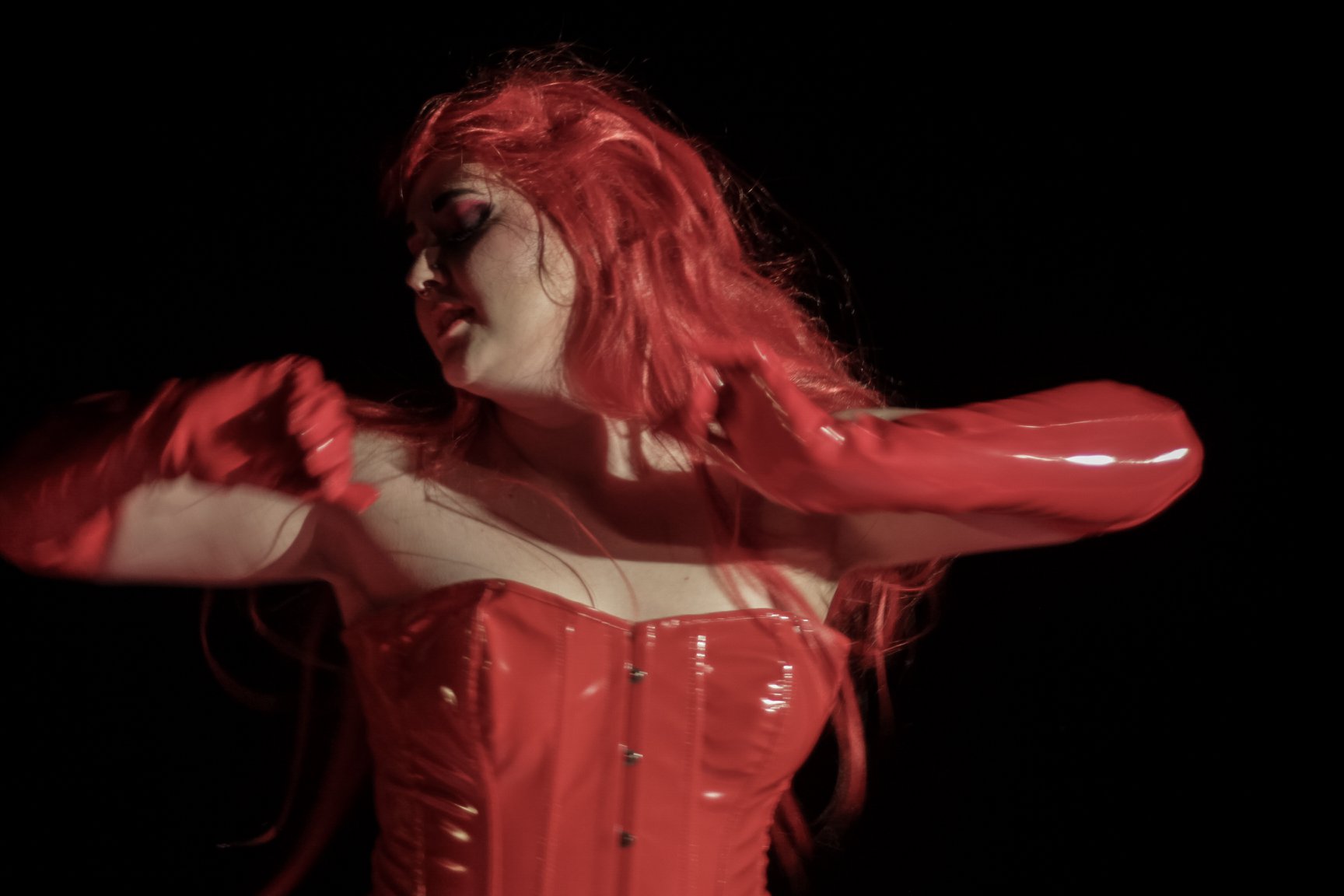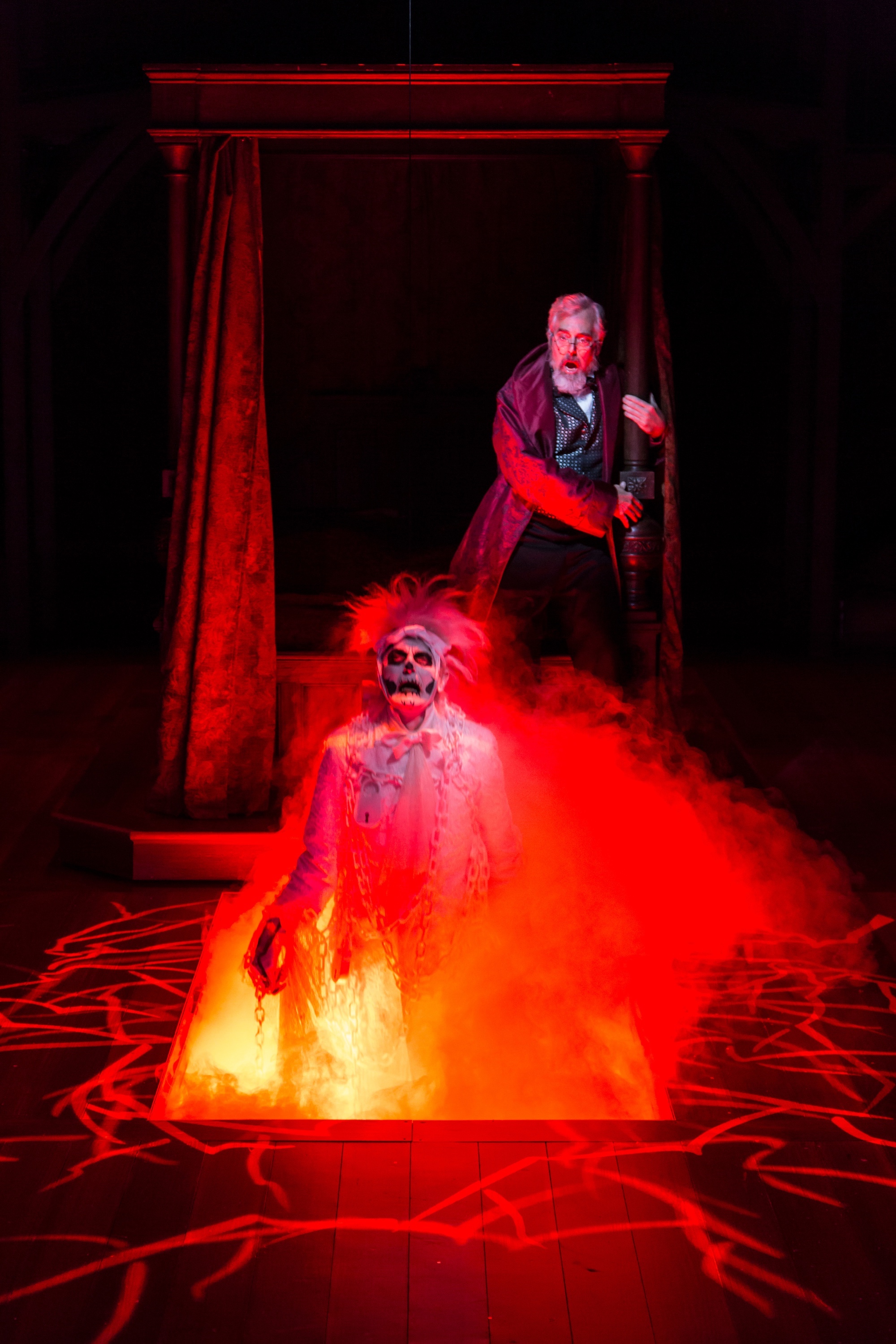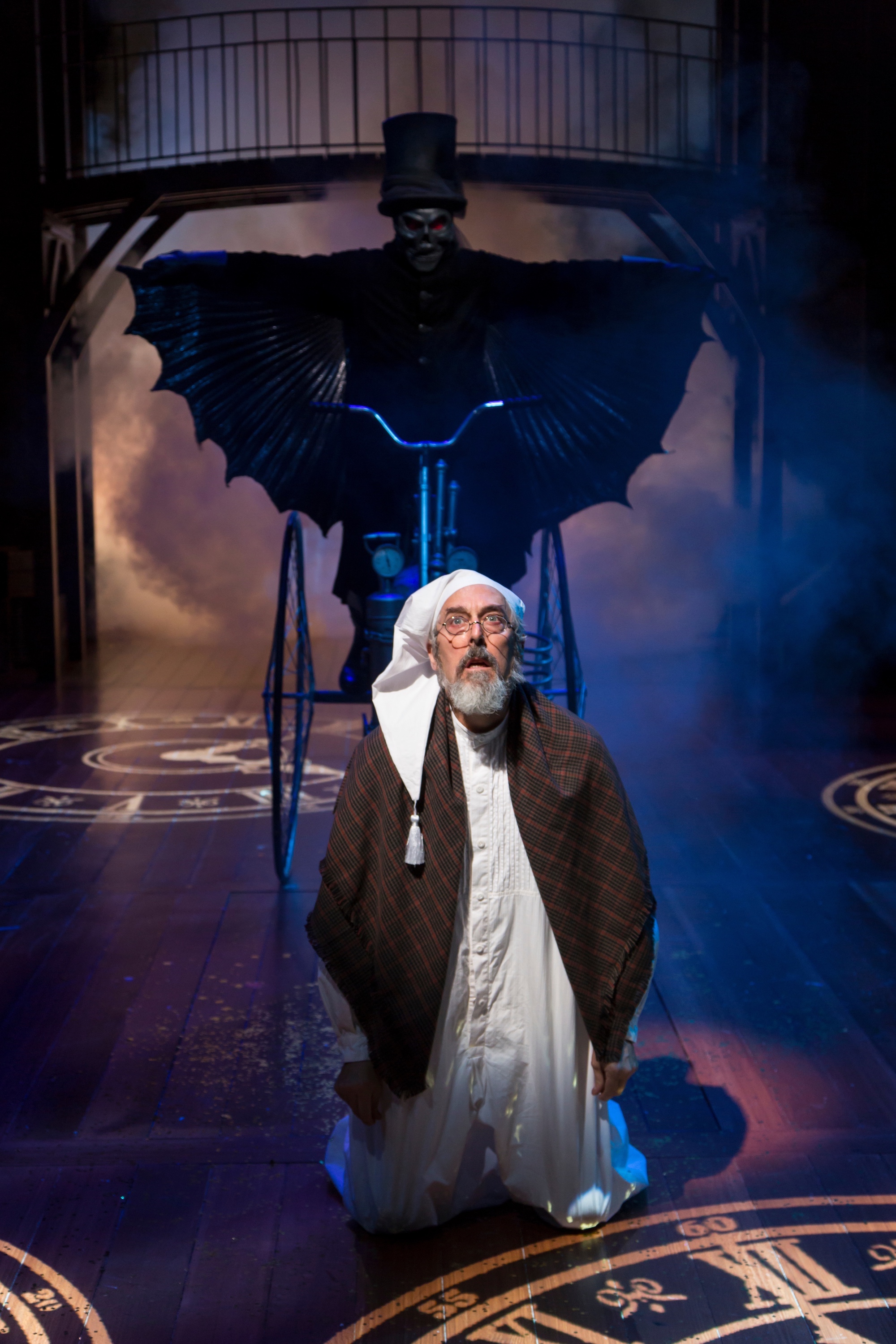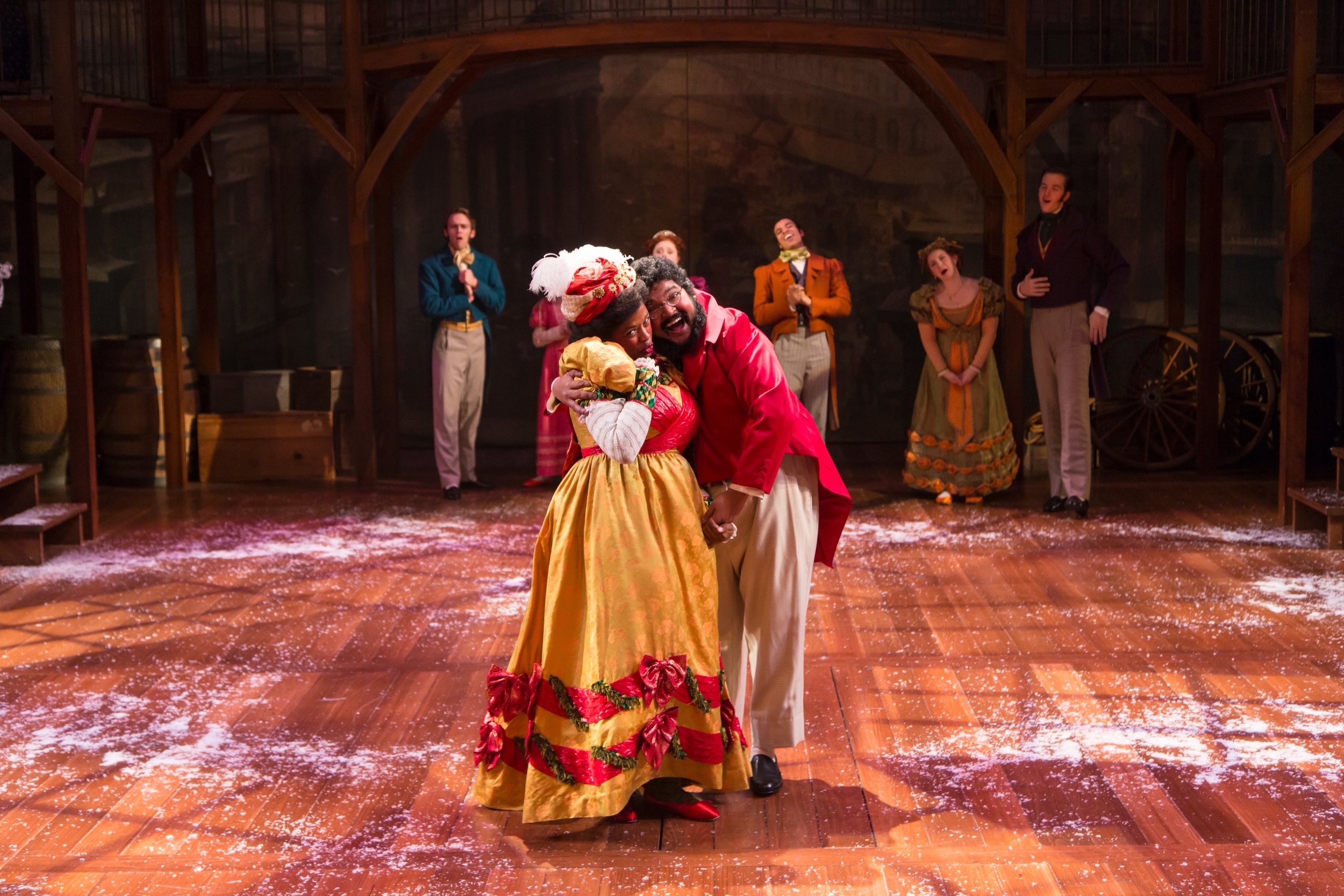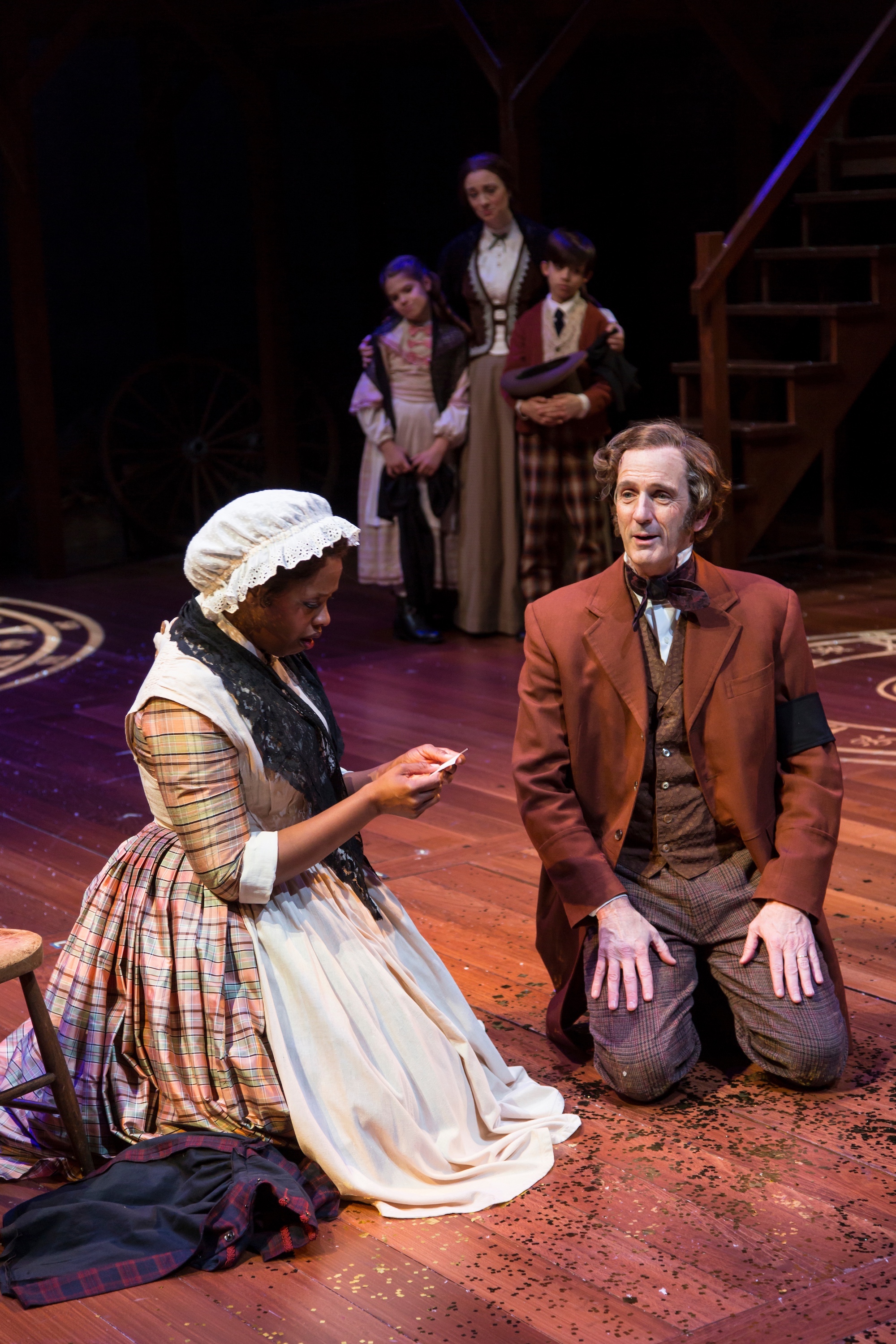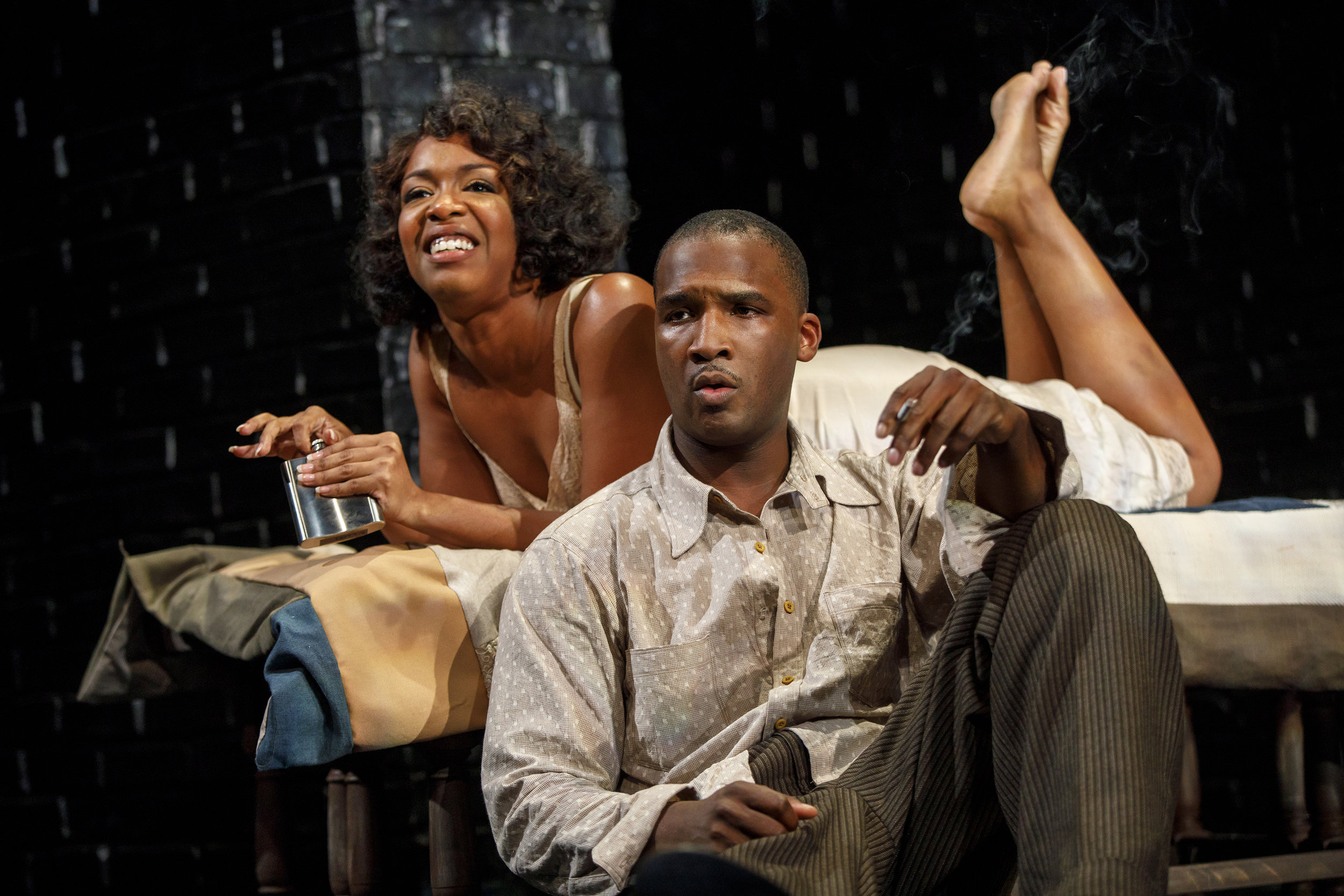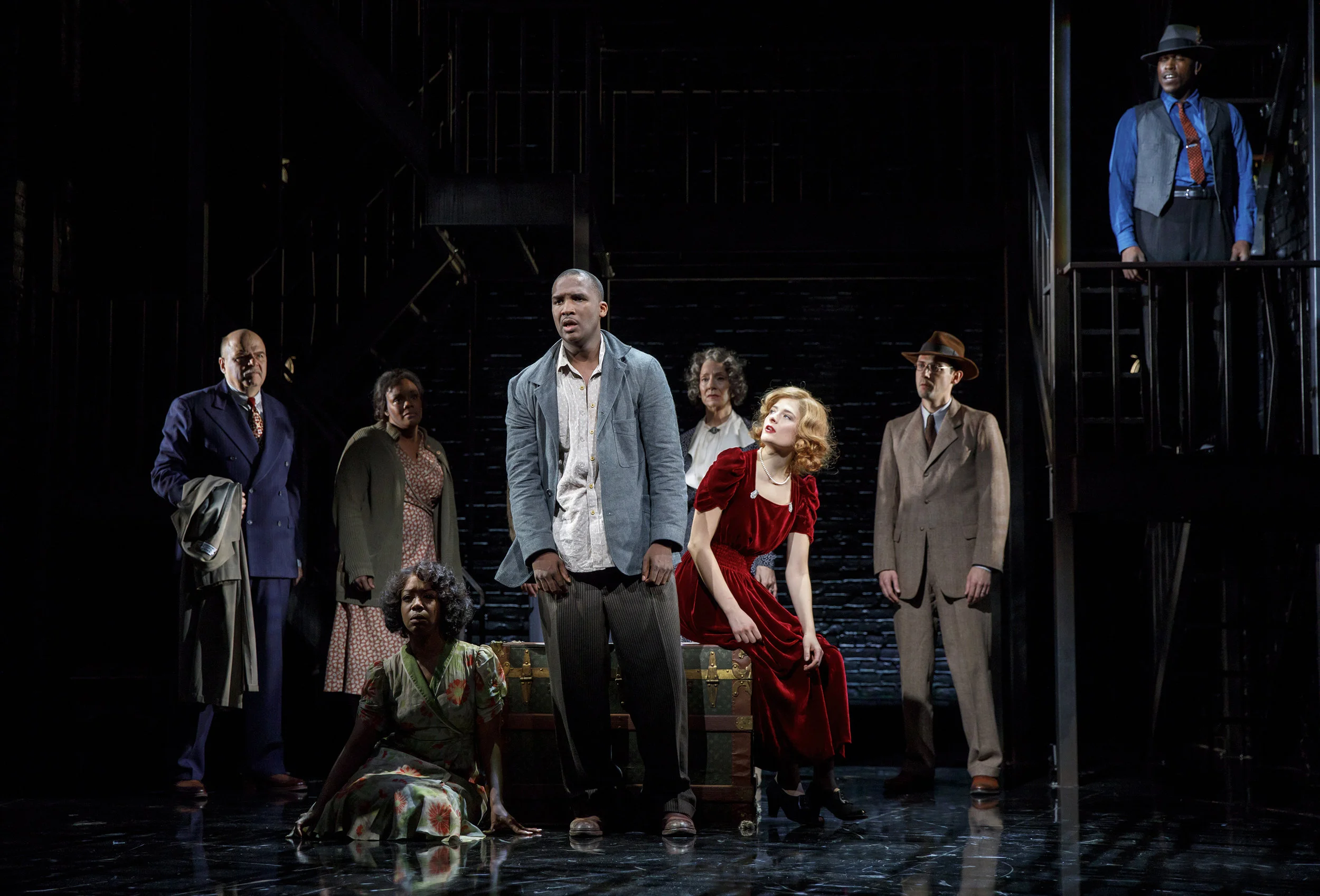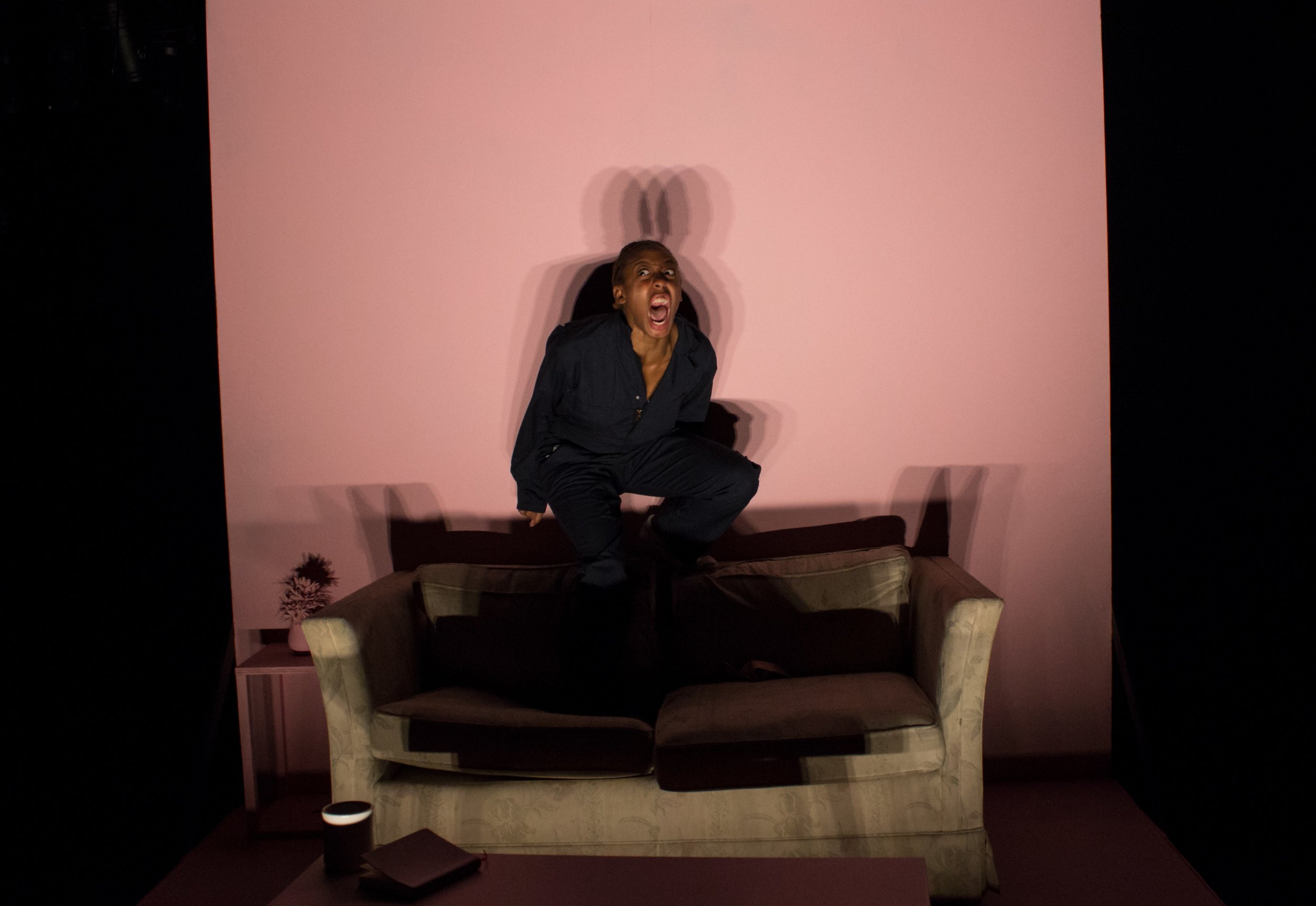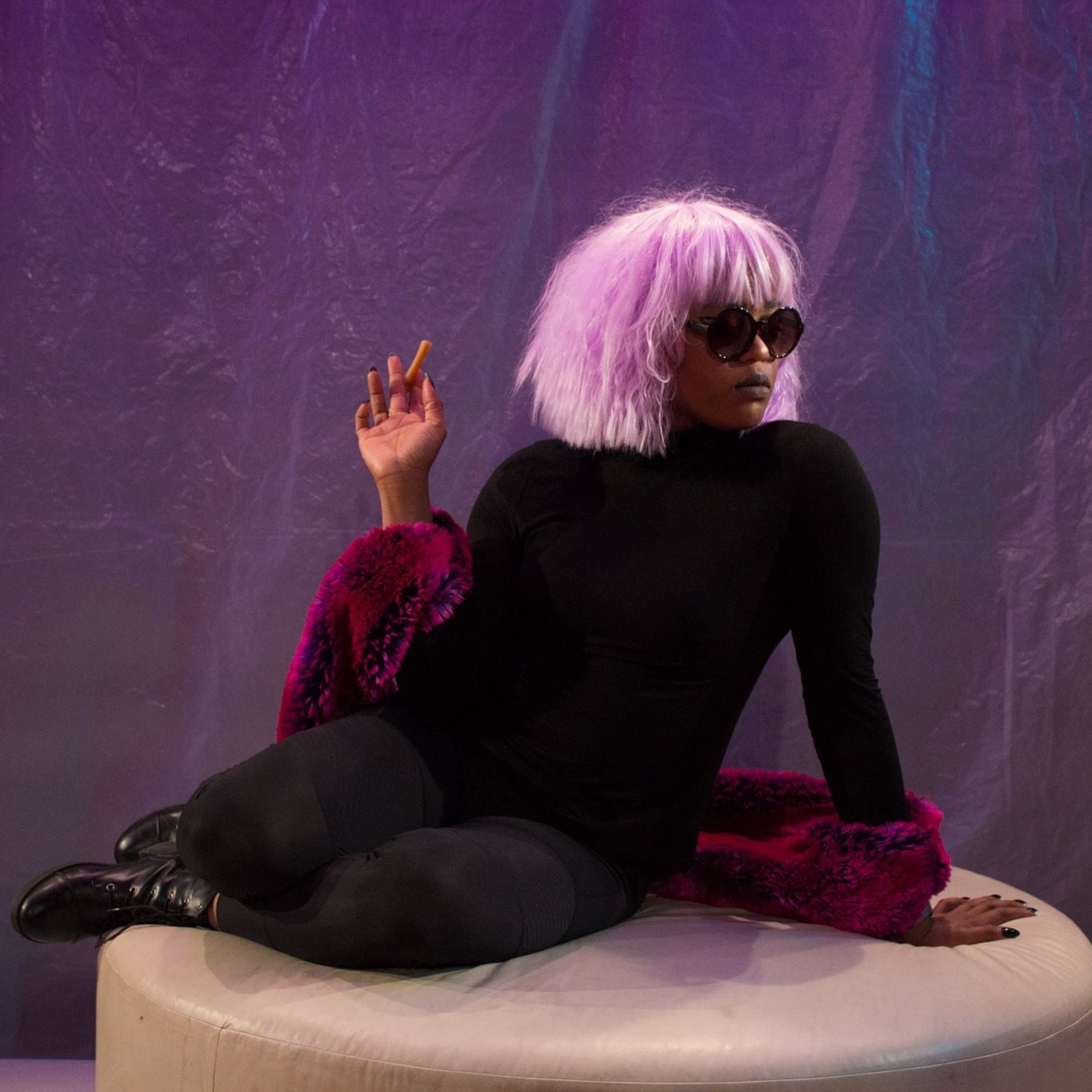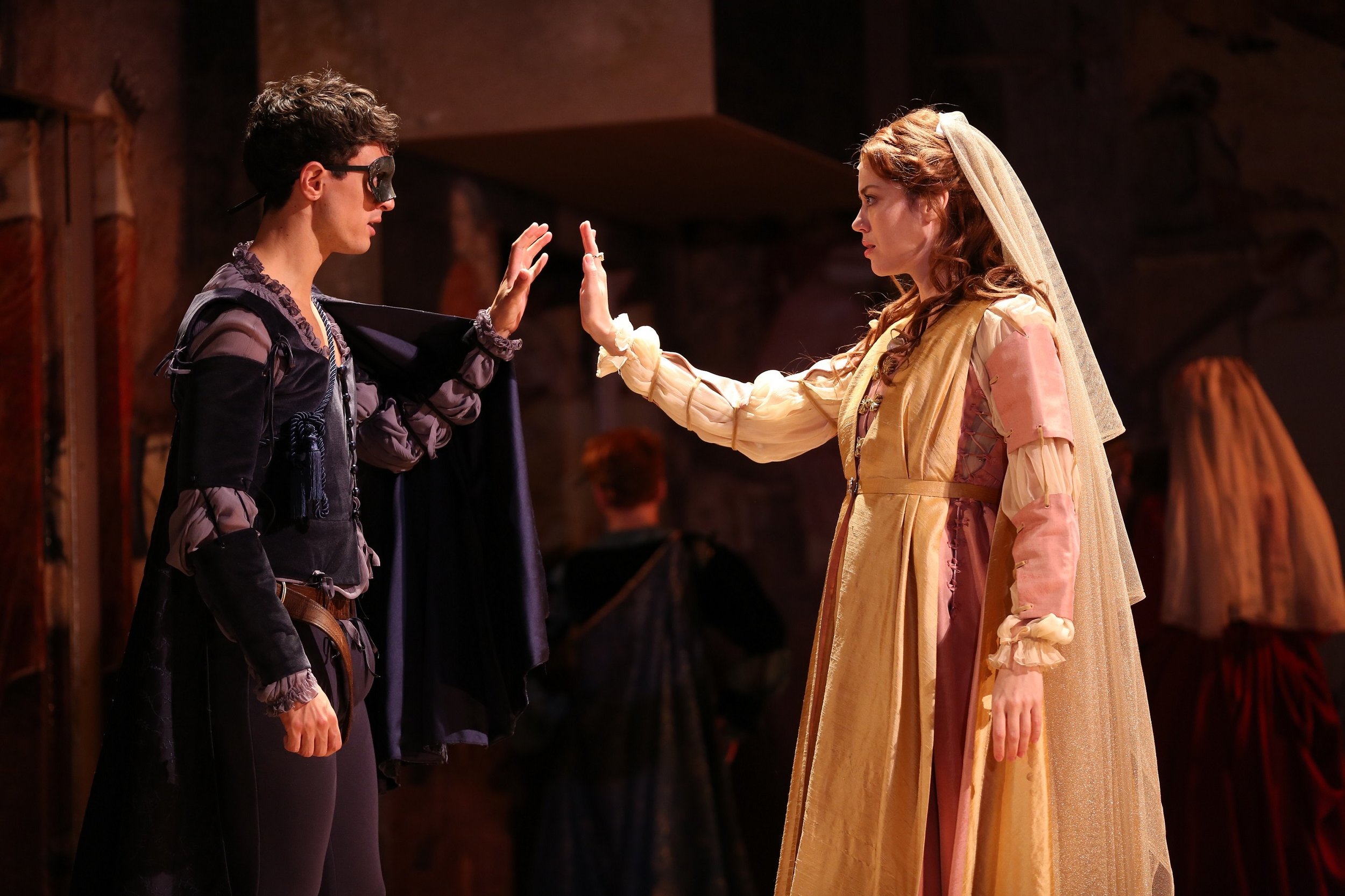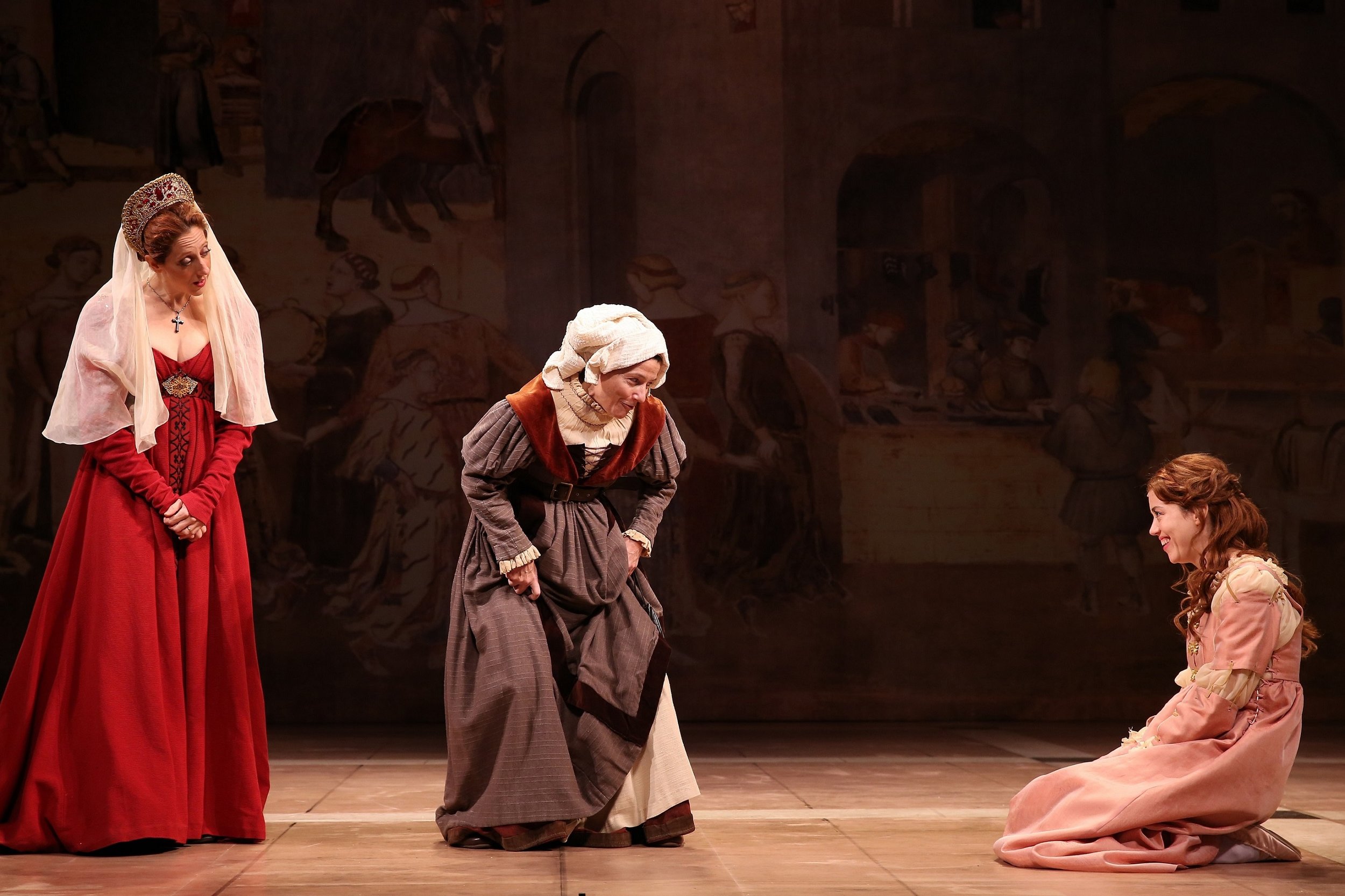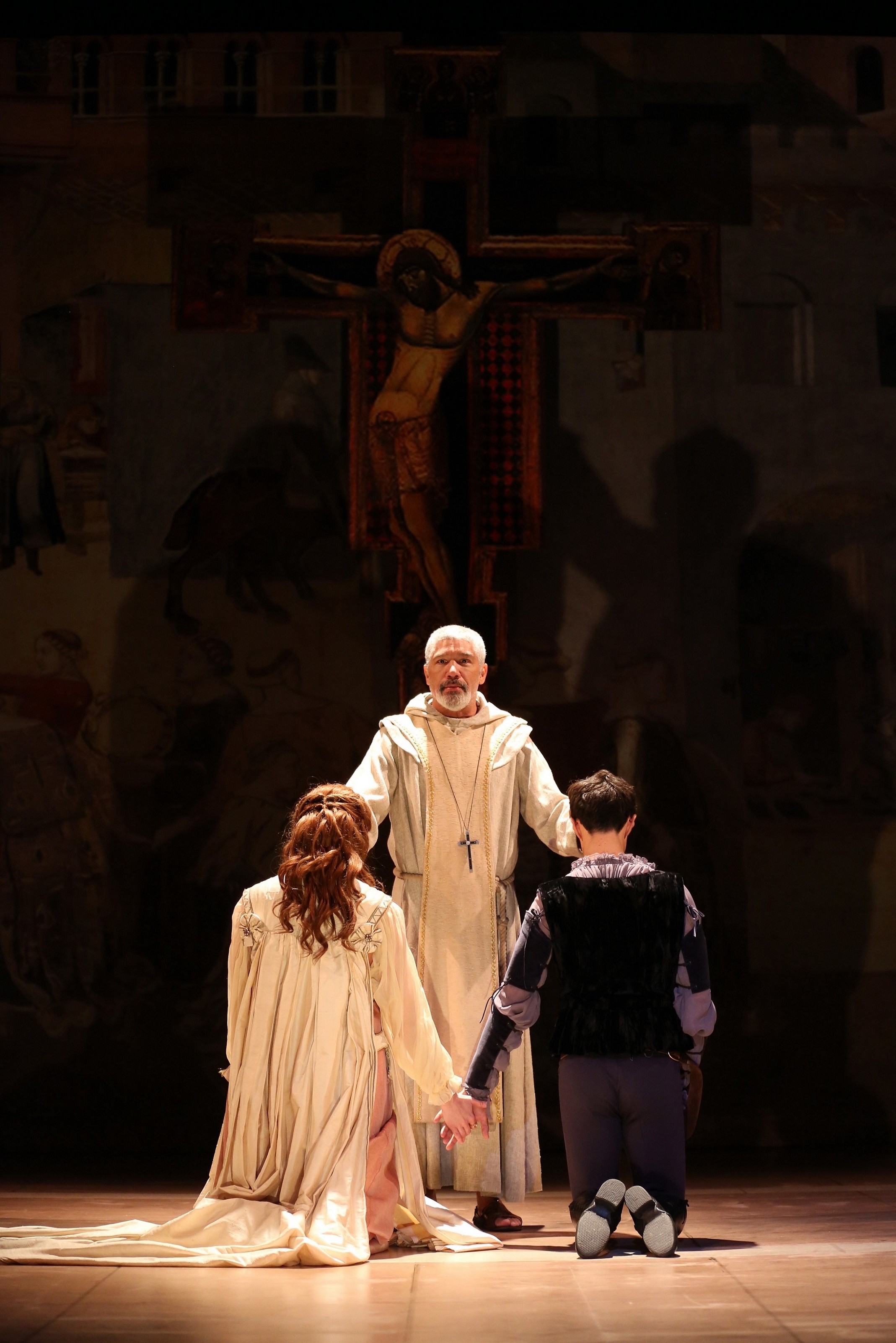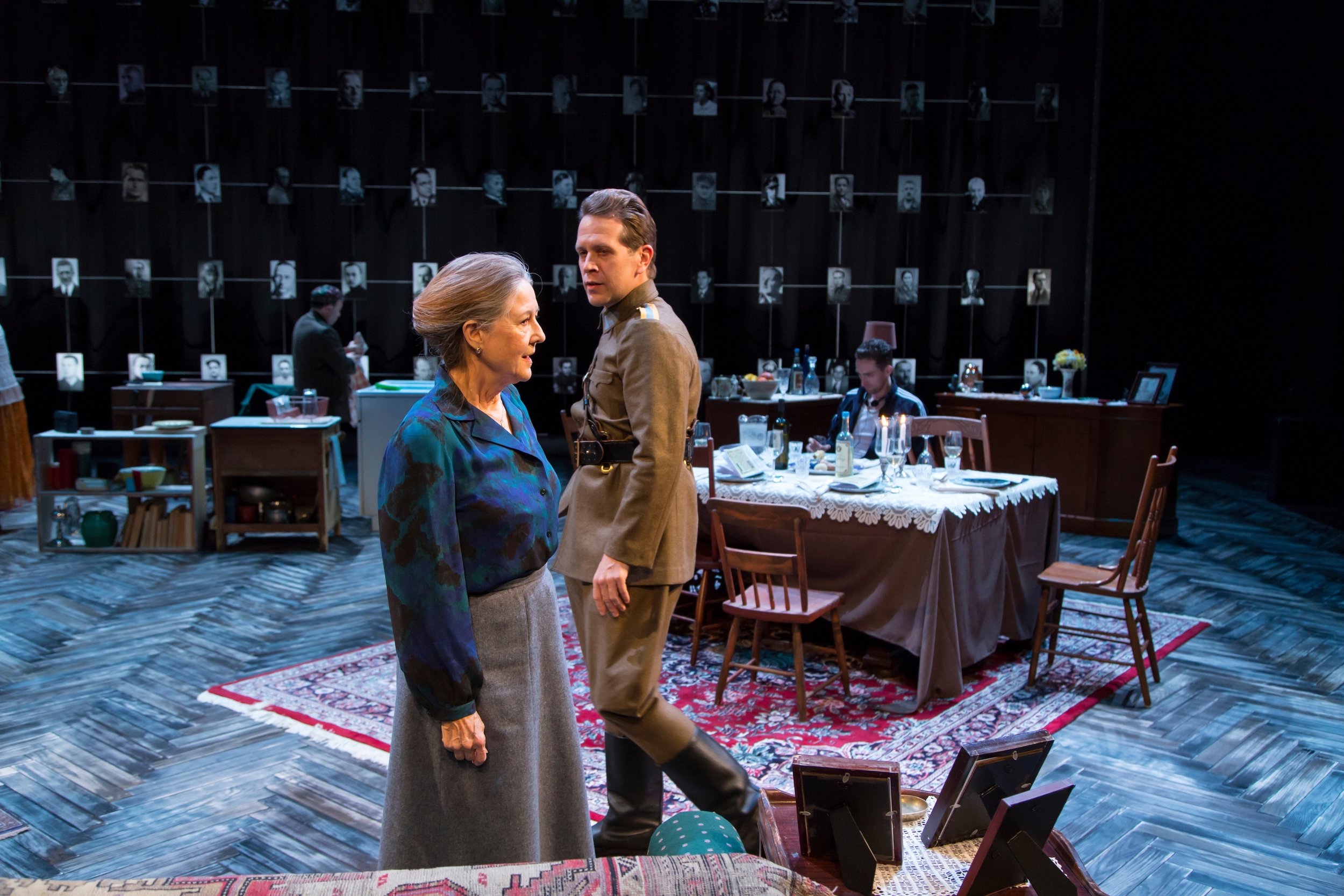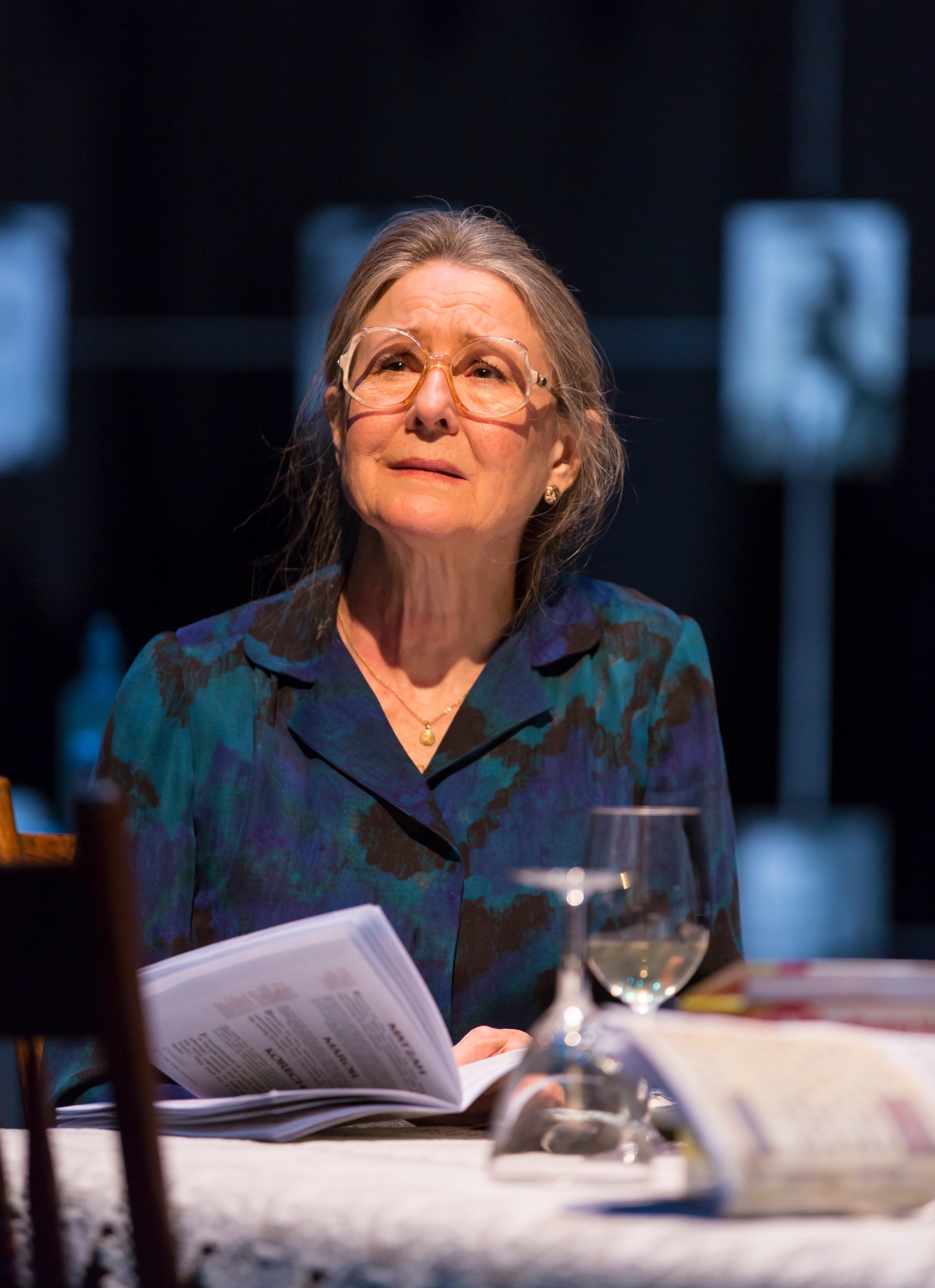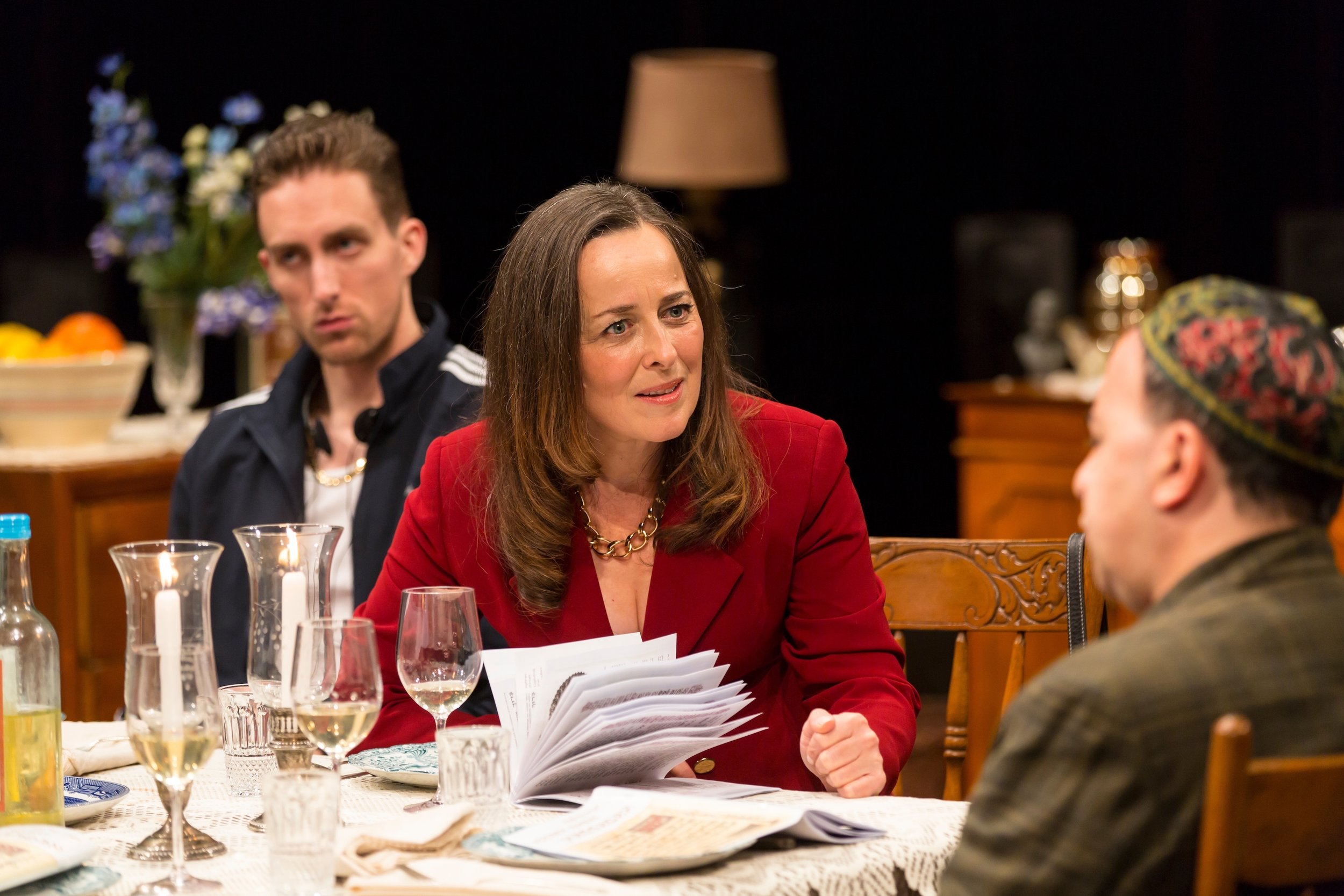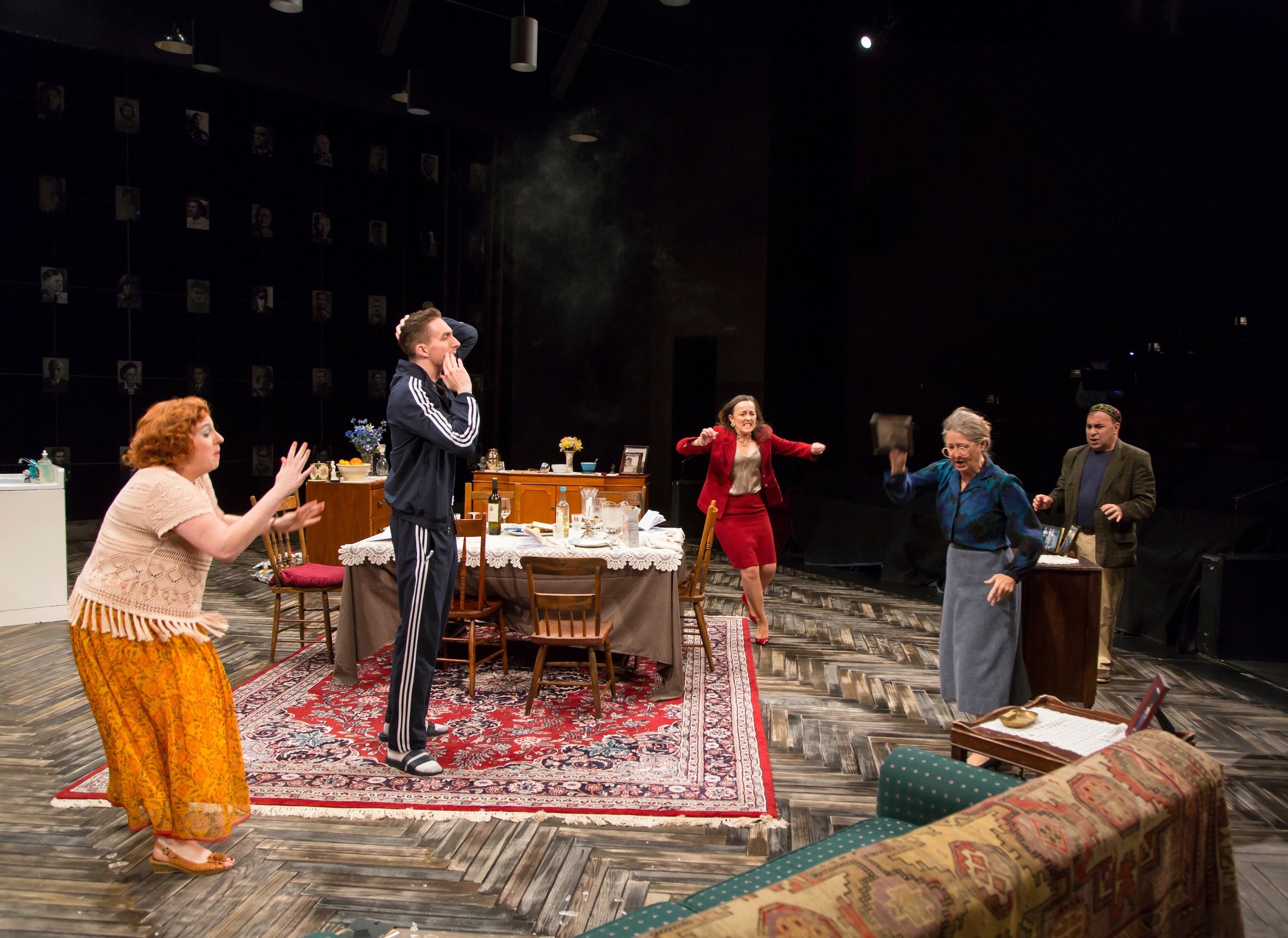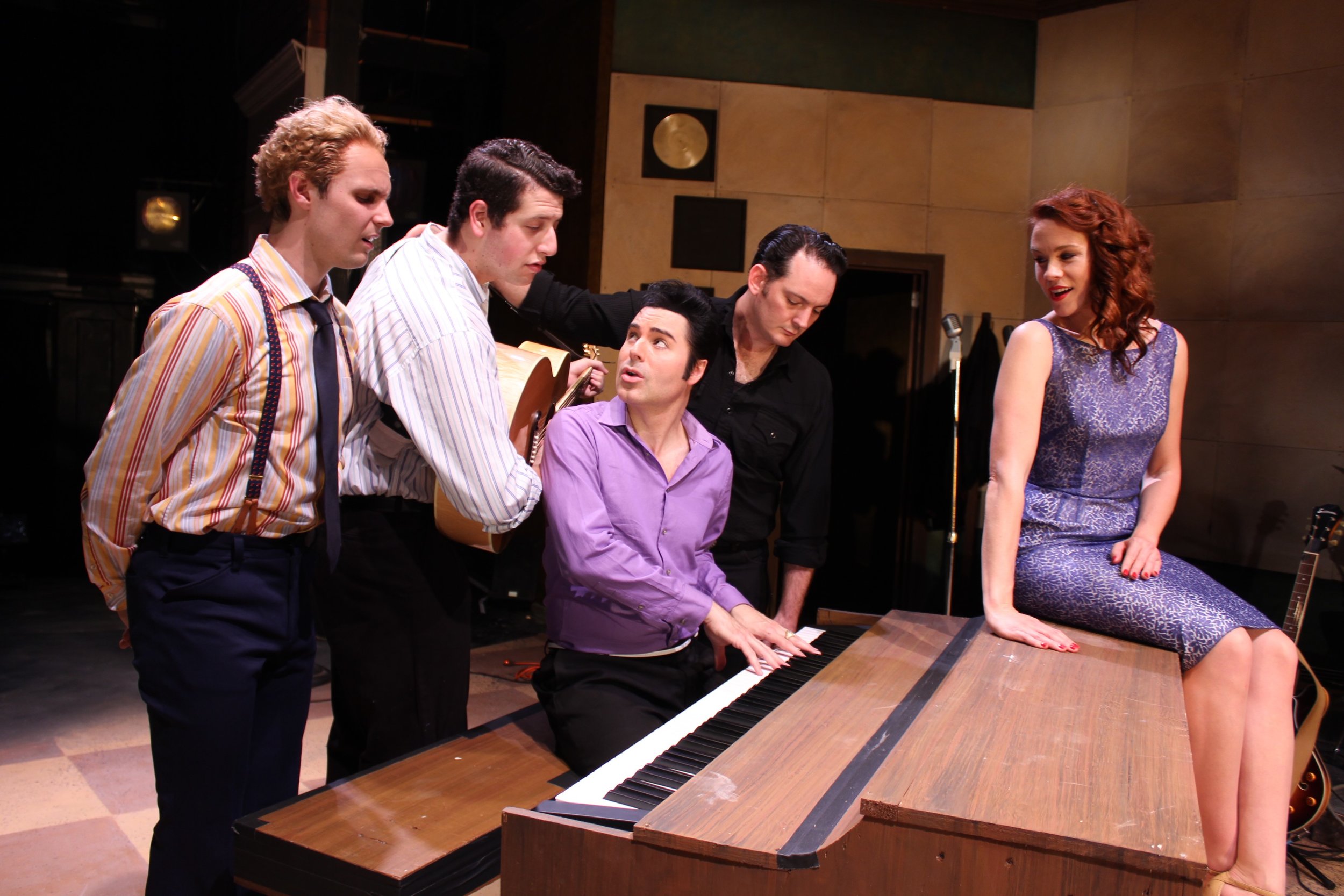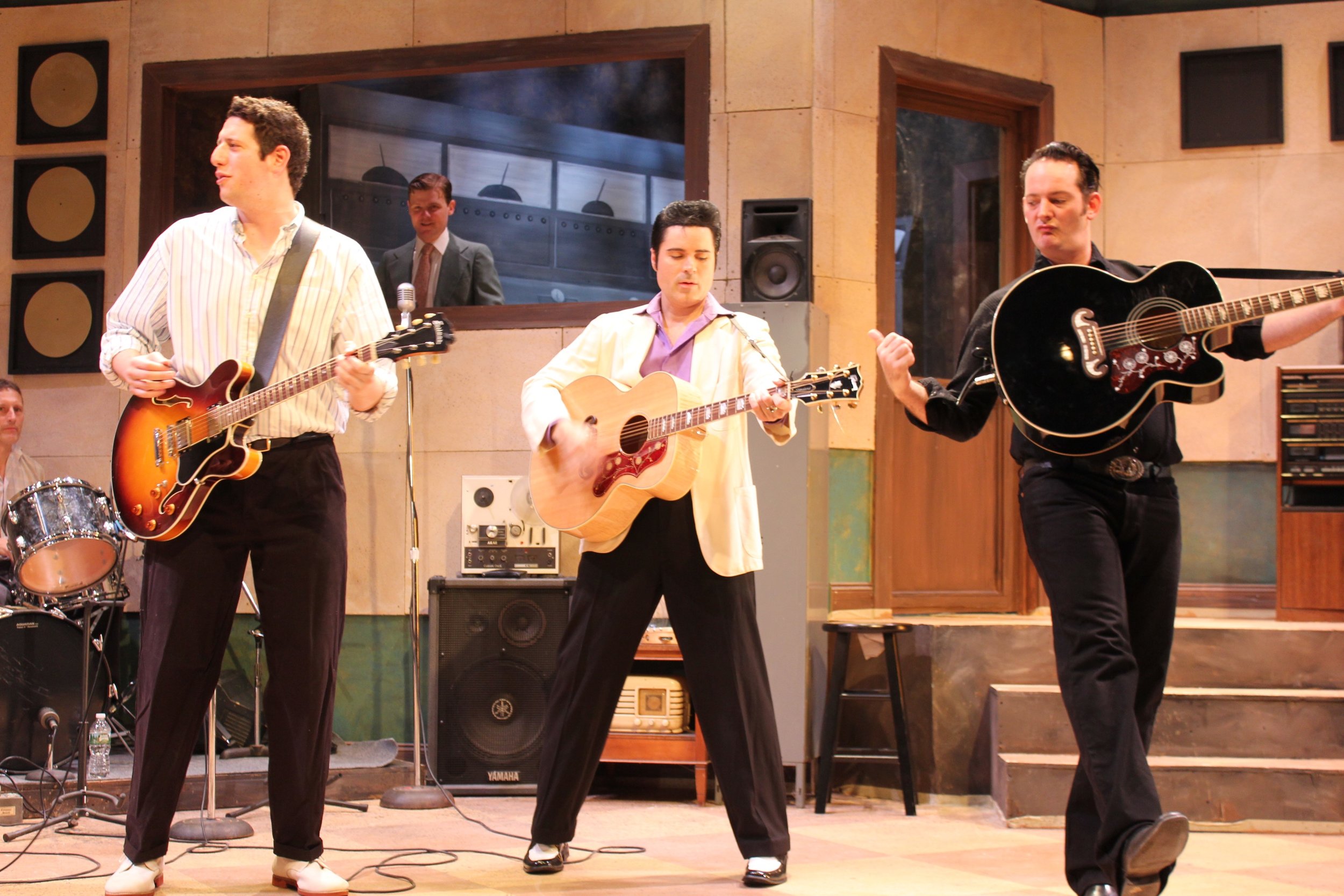Review of Feeding the Dragon, Hartford Stage
Sharon Washington’s charming memoir, Feeding the Dragon, now playing at Hartford Stage, directed by Maria Mileaf, features Washington, an actress, recounting stories of her upbringing. The truly distinctive element of her childhood, Washington tells us, is that her family lived inside a library, literally. Her father’s job was tending the furnace in the St. Agnes branch of the New York Public Library, and so the family—father, mother, Sharon, her grandmother, and their dog—lived in a custodial apartment within the library.
That fact might open upon a vista of imaginative possibility. For some, it would be like living in a castle, or in an infinite storyland, and Washington does play to the romance element, as her childhood might make the basis of a great children’s story or the setting for a tale as perennially interesting as books or movies about hiding out in museums or other places of childhood fascination. That shared thrill at access beyond the norm is our entrée into Washington’s tale, as she stands on a handsome set comprised of stairs that double as bookshelves, buttressed by card catalogs, and backed by an array of glass panes that change color magically.
Sharon Washington (photos: T. Charles Erickson)
And the books aren’t only for décor, as Washington now and then plucks one up and reads a passage—Zora Neale Hurston, James Baldwin—like an enthralling English teacher or a library’s “story lady.” And yet the power of books isn’t really the driving passion of Feeding the Dragon, whose title flirts with the kind of fable that a child’s mind makes of the beast in the basement her hardworking father must feed. The real passion here is a grown woman’s love for her family, now mostly gone.
Washington does well by the commandment to honor one’s father and mother. Both appear in her account—as she changes into convincing portraits of both, along with several other characters, by altering her voice and manner—as vividly quirky. Her father, from South Carolina, liked to enact the ‘quitting-time’ scene from Gone with the Wind; her mother, a born New Yorker, speaks like one and has the kind of savvy generally associated with the type. The alterations in accent and manner—particularly when father and Sharon take a trip to the south to meet his folks—help tell the story, as Washington lets characterization aid our imagination.
Sharon Washington
There are difficulties—like the father’s alcoholism, another kind of “dragon” to feed—and other interesting characters, such as a rather reclusive uncle who paints for his own sake, and there are glimpses of the times, such as the uneasy race relations of the 1970s, the neighborhood feel of a bygone Manhattan, and, in one of the more detailed sequences, an account of her grandmother’s “good hair,” and the ubiquitous claim among African Americans of having Native American blood.
Washington is a consummate story-teller, engaging, lively, warm and confiding. Her story, however, doesn’t always feel distinctive enough for a full-scale theatrical treatment, nor quite funny or dramatic enough as anecdote. Feeding the Dragon opens up the question of what we want from memoir—revelations or simply a compelling command of the teller’s story. Washington has all the command one could wish for, what’s less certain is if she has much to say.
As theater, the show becomes weakest as it searches for a note to end on. As Washington stands before us, there is clearly no “end” to her story yet, but one senses that how the story of a girl living in a library became a solo performance piece might be as interesting as the story of what the woman telling her life story remembers fondly of her forebears. Were Feeding the Dragon a book, we might simply call for another chapter, in which “the dragon” becomes the theater, and meeting its demands became this actress’s and playwright’s job.
Sharon Washington
Feeding the Dragon
By Sharon Washington
Directed by Maria Mileaf
Scenic Designer: Tony Ferrieri; Costume Designer: Toni-Leslie James; Lighting Designer: Ann G. Wrightson; Sound Designer: Lindsay Jones; Production Stage Manager: Lloyd Davis, Jr.; Assistant Stage Manager: Robyn Zalewski
Cast: Sharon Washington
Hartford Stage
January 11-Feburary 4, 2018











